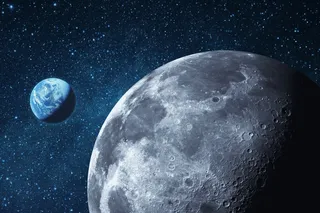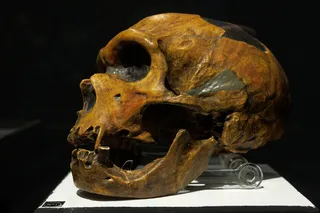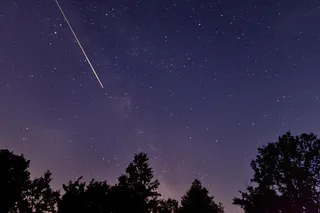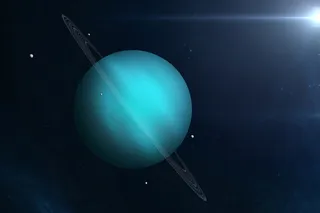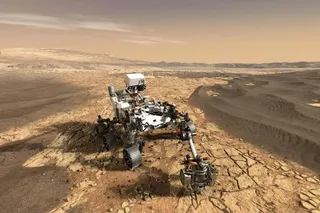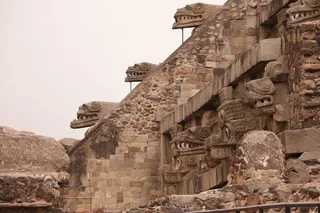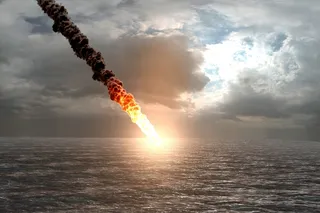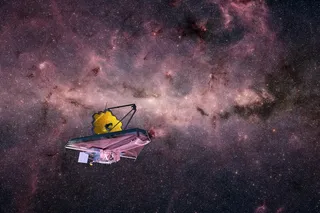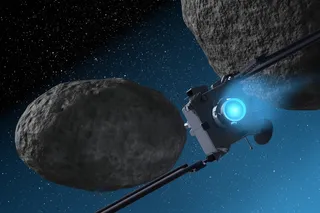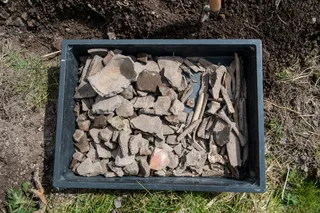Note: My body was the target of a vicious but thankfully short-lived viral attack on Sunday. I was totally out of it for a full day... and the less you know about this the better. It did keep me offline -- literally -- but I'm all better now and ready to blog. Good thing, too: there is a lot of cool stuff coming out of this meeting! It's a fact of life that some stars explode. Actually, it's a good thing: when stars explode they create and scatter the heavy elements that create us. The iron in your blood and the calcium in your bones were created in a supernova! So it's important to study these objects, so we can better understand our origins. But it's also fun! Stars explode! Bang! Cool! Today there were three press releases about supernovae. All three were surprising to me, and pretty interesting. 1) ...
AAS Report #3: Things that go boom!
Discover the mystery of Type Ia supernovae and how Kepler's Supernova sheds light on these cosmic explosions.
More on Discover
Stay Curious
SubscribeTo The Magazine
Save up to 40% off the cover price when you subscribe to Discover magazine.
Subscribe

